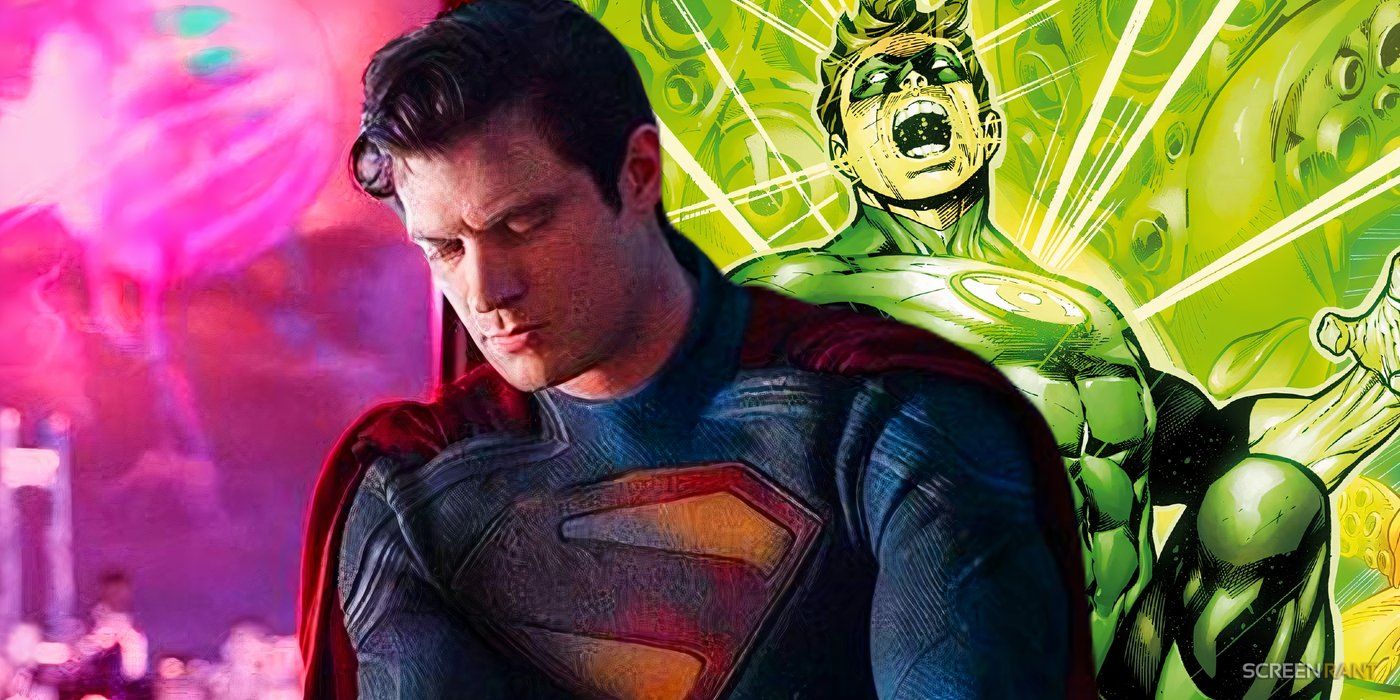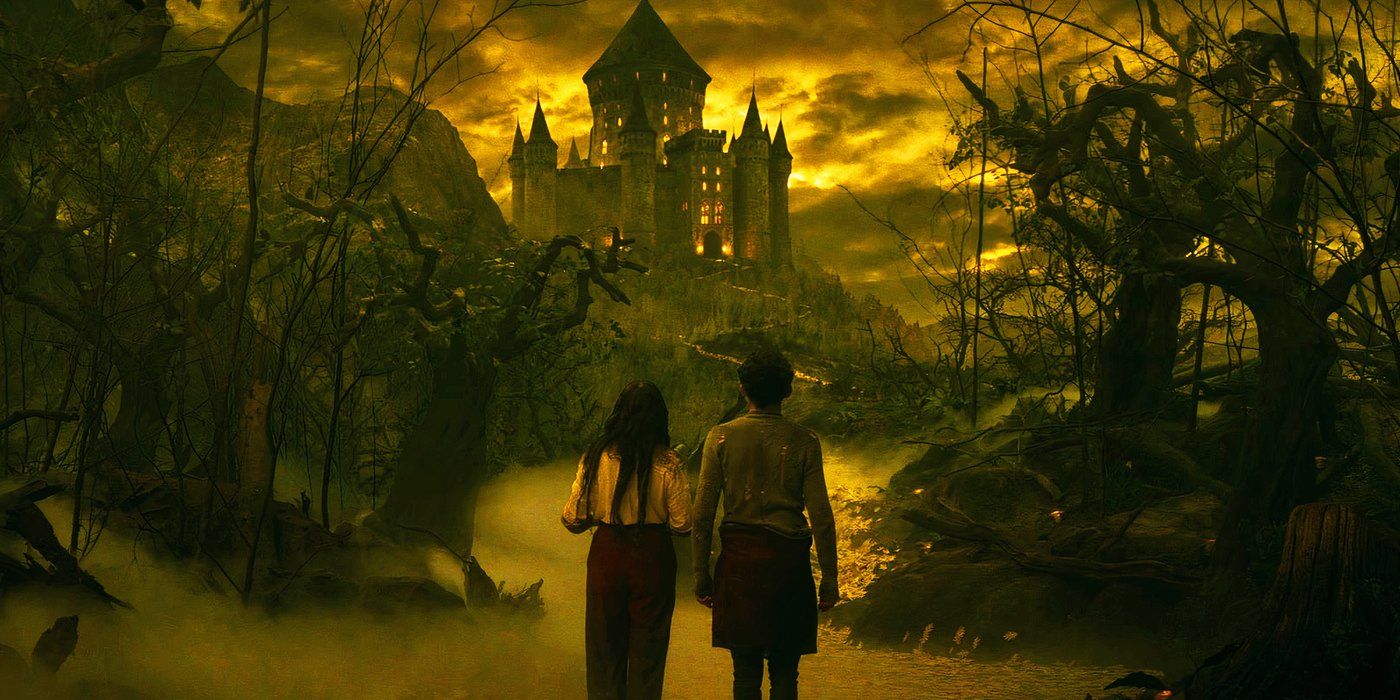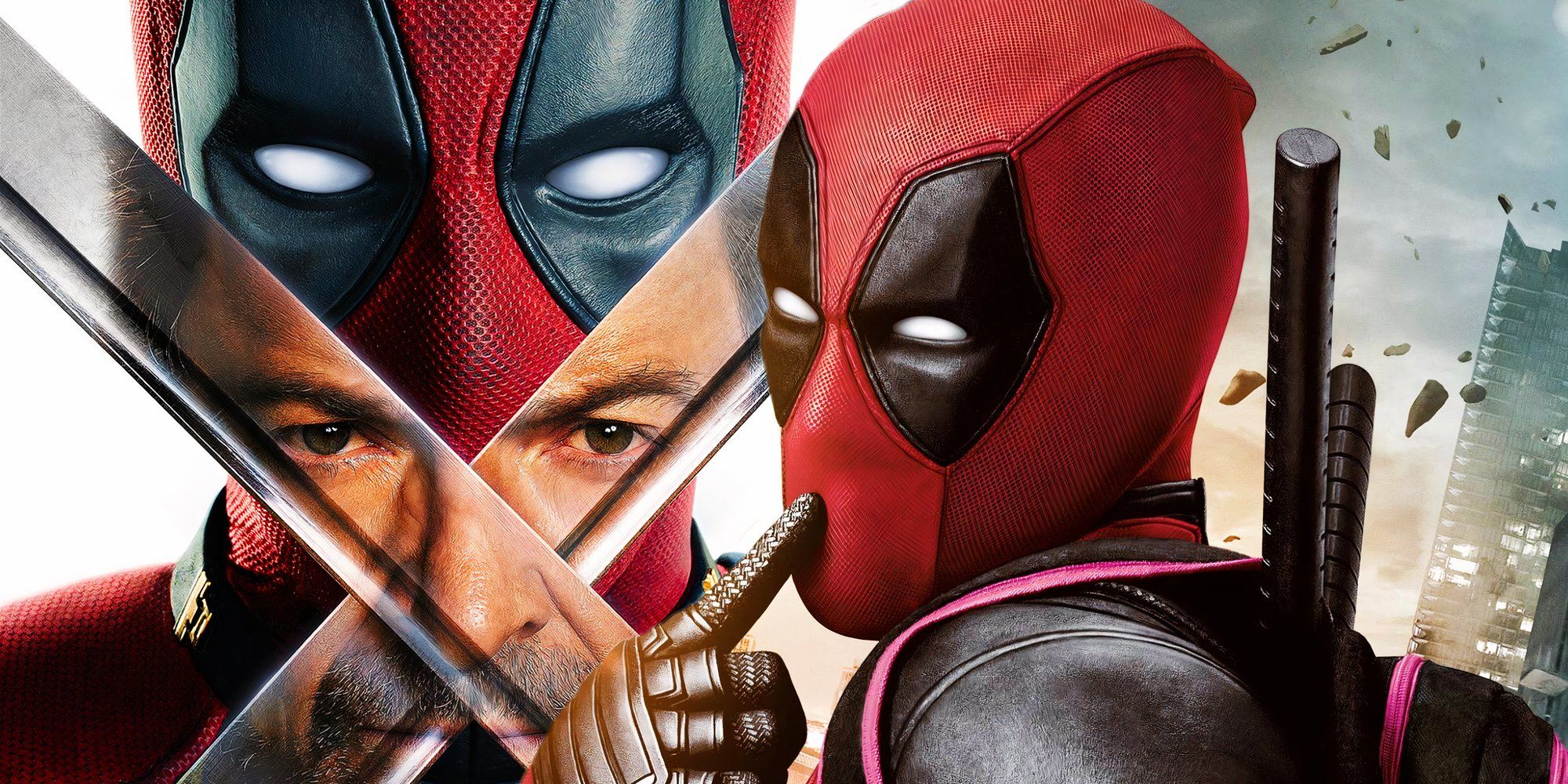Christopher defends his decision not to show the famous Hiroshima and Nagasaki bombings in his recent epic Oppenheimer. Starring Cillian Murphy as the titular character alongside other talented actors like Emily Blunt, Robert Downey Jr., Florence Pugh and Rami Malek, Nolan’s critically acclaimed movie follows the true story of the theoretical physicist J. Robert Oppenheimer and his role in developing the first nuclear weapons which were used by the United States in World War II to desolate the Japanese States of Hiroshima and Nagasaki. While Oppenheimer has sparked numerous conversations since its release, one of its hottest talking points is not having the Hiroshima and Nagasaki bombings depicted.
In an interview with Variety, the award-winning filmmaker defends his decision not to directly depict the Hiroshima and Nagasaki bombings in Oppenheimer‘s ending. Nolan states that the film was supposed to present Oppenheimer’s experience subjectively. He also adds that he wanted to show the central character as someone who was slowly gaining a clearer picture of the unintended consequences of his actions. Read his full comment below:
The film presents Oppenheimer’s experience subjectively. It was always my intention to rigidly stick to that. Oppenheimer heard about the bombing at the same time that the rest of the world did. I wanted to show somebody who is starting to gain a clearer picture of the unintended consequences of his actions. It was as much about what I don’t show as what I show.
Should Christopher Nolan Have Shown The Hiroshima And Nagasaki Bombings?
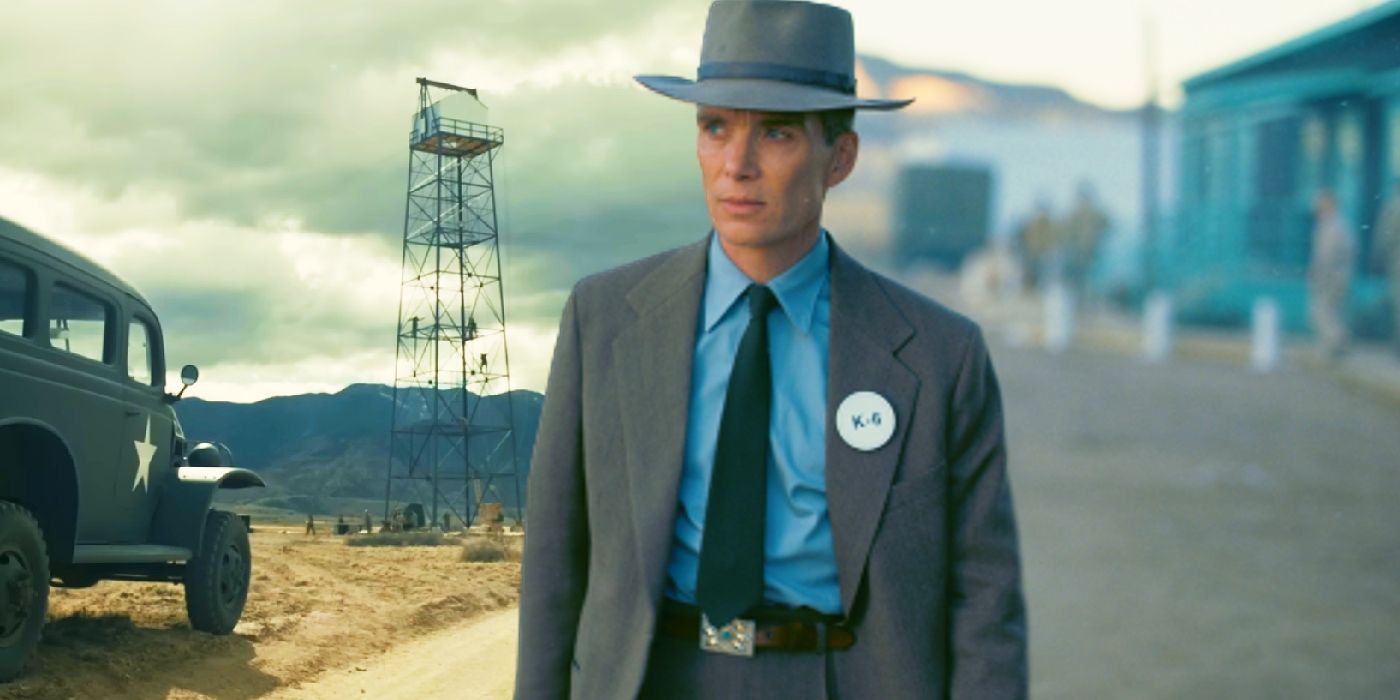
Since Oppenheimer’s release earlier in the year, many have been on either side of the debate regarding Nolan’s decision not to depict the Hiroshima and Nagasaki bombings. For some viewers, it was baffling that Nolan decided to leave out such an important part of the story, and for some others, it was wise that Nolan left out that part as the movie barely devoted any time to the local citizens of the affected sites and only depicting them through the bombings could have amounted to mere exploitation of their horrific fate.
While there are solid arguments to be made on both sides of the debate, ultimately, Nolan was wise to leave out the bombings. As he stated above, his intention with the movie was to depict it through J. Robert Oppenheimer’s perspective, and showing the Hiroshima and Nagasaki bombings would have deviated from that. Also, considering the fact that Nolan wanted Oppenheimer CGI free, it would have been a Herculean task to recreate bombings of that magnitude and do justice to them.
In the past, movies like Hideo Sekigawa’s 1953 film Hiroshima and Renzo Kinoshita’s 1978 short film Picadon carefully explored and devoted ample time to depicting the gruesome fate that befell the locals of Hiroshima and Nagasaki. The crux of Oppenheimer, on the other hand, was to make viewers see through the lens of the man who created the nuclear weapons in particular. Deciding to include the effects of his creation ran the risk of reducing thousands who lost their lives to a mere blockbuster setpiece.
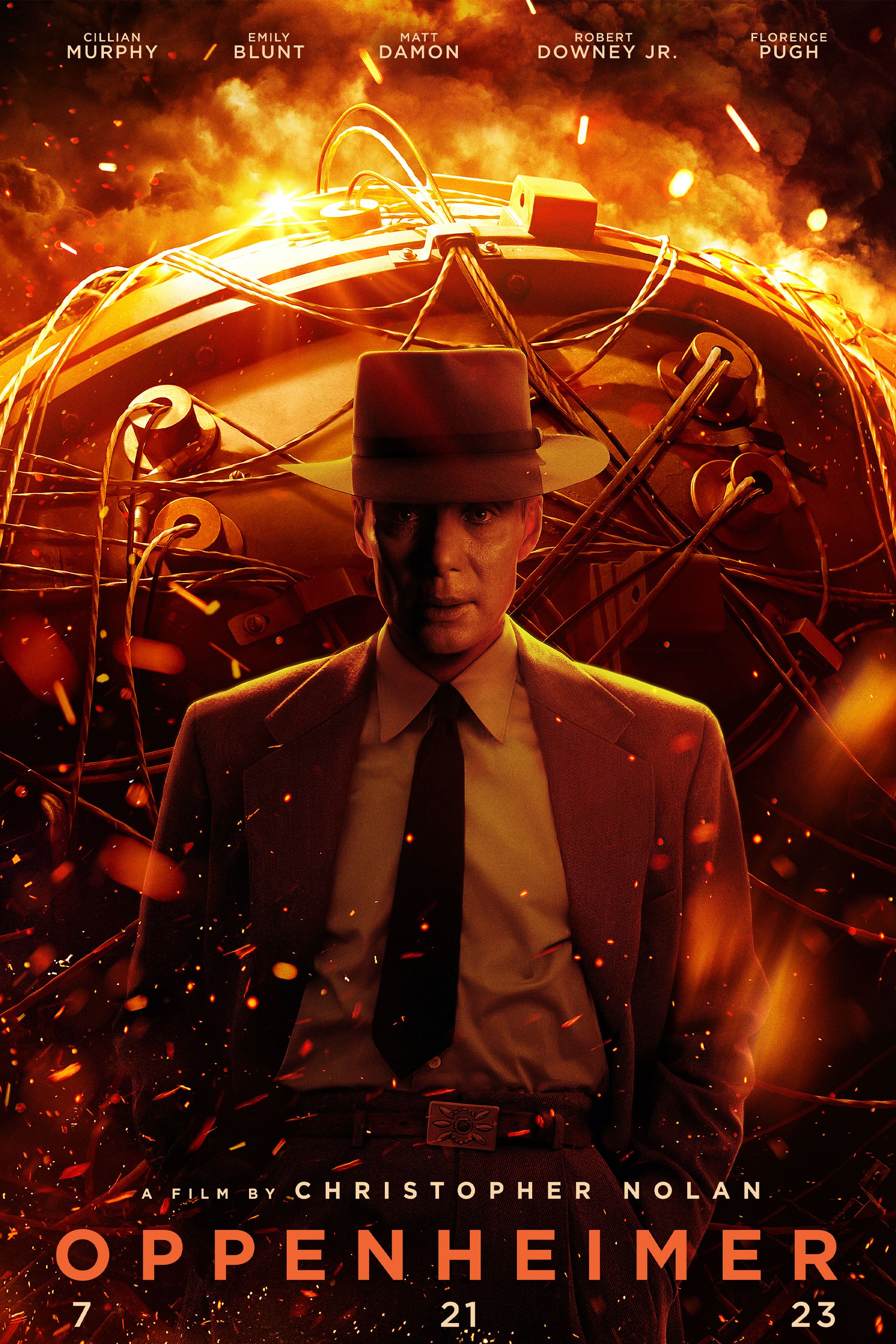
Oppenheimer
- Release Date:
- 2023-07-21
- Director:
- Christopher Nolan
- Cast:
- Cillian Murphy, Emily Blunt, Matt Damon, Robert Downey Jr., Rami Malek, Florence Pugh
- Rating:
- R
- Runtime:
- 150 Minutes
- Genres:
- Drama, History, Biography
- Writers:
- Christopher Nolan
- Budget:
- $100 Million
- Studio(s):
- Syncopy Inc., Atlas Entertainment
- Distributor(s):
- Universal Pictures
